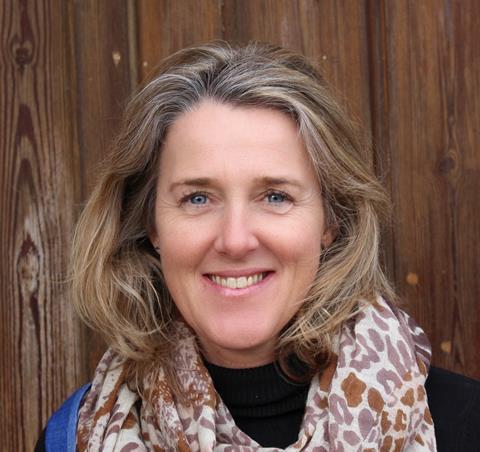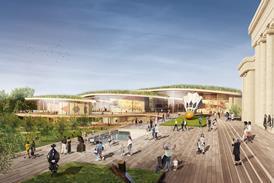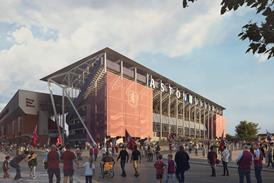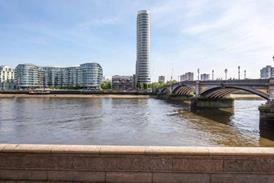Marking the end of 2024, Sophie Thompson examines how the challenges of modern life – from ‘brain rot’ to concerns about physical and mental health – are reshaping our relationship with place. Looking forward to 2025, she argues for a wellbeing-led approach to urban design and housing policy

You might have thought the Oxford English Dictionary’s word of 2024 would be ‘brat’ (confident, independent, hedonistic), ‘slop’ (sharing inaccurate AI-generated content indiscriminately), or even ‘delulu’ (originating from delusional and unrealistic expectations).
In fact, it’s brain rot.
Apparently, our brains have been shrinking, attention spans shortening, and memories worsening since email and the internet entered our lives in the 1990s. And that’s before mobile phones came to dominate our every waking hour.
For years, scientists have warned of a perfect storm of cognitive decline. If you’ve ever fallen down a rabbit hole and found yourself watching cats surprising dogs from behind doors, only to wonder what has happened to the afternoon, you might agree with the OED’s choice.
And yet, looking back on the year, I feel more heartened than disheartened. Is this delulu? It could be, but I genuinely think we are starting to appreciate things differently.
In the summer, The Guardian reported that for many young people, concern over time spent on social media is leading to a love of analogue over digital, postcards over email, and shared experiences over life lived solely online. They feel better when they’re outside, and when they’re close to nature. This is fundamentally changing people’s relationship with place.
When I first became a landscape architect twenty or so years ago, cities were greyer and harder, with streets and spaces dominated by cars. In the 50 years to 2004, asthma increased in children in the UK by two to threefold. We were all being short-changed on our doorsteps under the guise of progress.
So, putting the case for investing more in public realm and landscape made for some tough project meetings. More often than not, landscape architects were brought in at the end of the design process to add the cherry on top of the cake, or in this case the cherry tree.
There is a growing call for wellbeing to be at the heart of this push for homes
Expectations were low, with Hebe borders and leftover spaces labelled for ‘play’, and landscape often referred to as a buffer – whatever that meant. We had to fight hard to stop any gains being quickly value-engineered out – though, to be fair, that’s hardly consigned to the history books.
Back then, opportunities to turn the placemaking process on its head and start with people and the landscape, rather than lead with the buildings, were rare indeed.
But things are now changing, and for the better. It’s much easier to get people to sit up and listen to the argument for quality and sociability in our public spaces. To recognise that these are at the very heart of our communities, and where people from all walks of life can come together.
We now more readily see streets as places in their own right rather than movement corridors, and this offers up opportunities to reclaim ‘baggy’ underused spaces. In turn, this helps local councils to provide safer, slower streets.
The need for greater climate resilience is helping to drive this, but so too is demand for different lifestyles and concern about public health. Shamefully enough, seven per cent of the asthma attacks that are bad enough to get children admitted to hospital in London are exacerbated by air pollution.
Changing how we live depends on creating different kinds of places, with welcoming public realm and green space, and the facilities and public services that make life easy and sociable. Spaces should also bring joy and serendipity.
Keir Starmer has doubled down on the Government’s ambition for 1.5 million homes, saying that the UK is now entering a ‘golden age of building’. But unless we create better-connected places with this investment and integrate nature-based solutions, we will fail to fix the health crisis or foster stronger community. We will just be locking people into lifestyles that harm them and the planet.
There is a growing call for wellbeing to be at the heart of this push for homes, so that we deliver on quality rather than just quantity. Which makes me think: what kind of transformation could we see if wellbeing was put at the heart of every single decision being taken about a town and city?
One thing is certain – to avoid brain rot we need to scroll less, live more, and grow our grey matter as we go green.
Postscript
Sophie Thompson is Head of Public Realm and a board member at LDA Design
















No comments yet